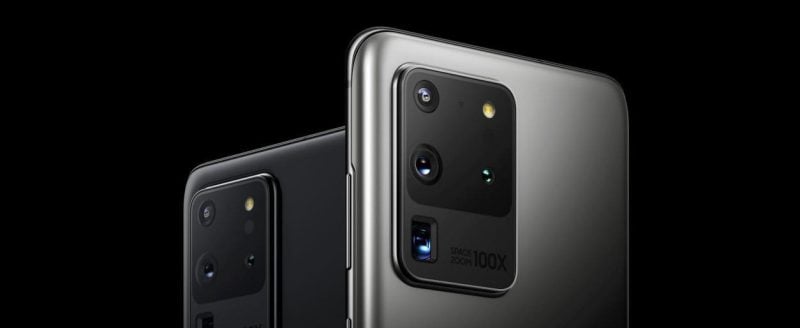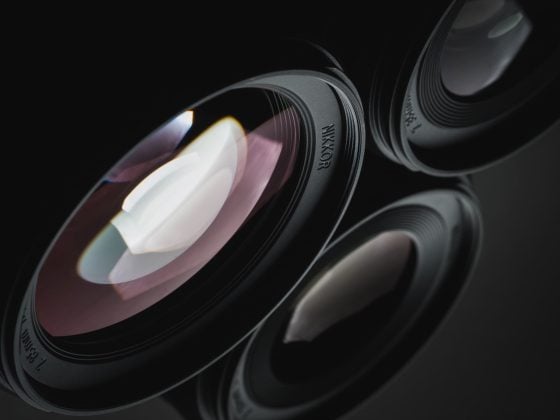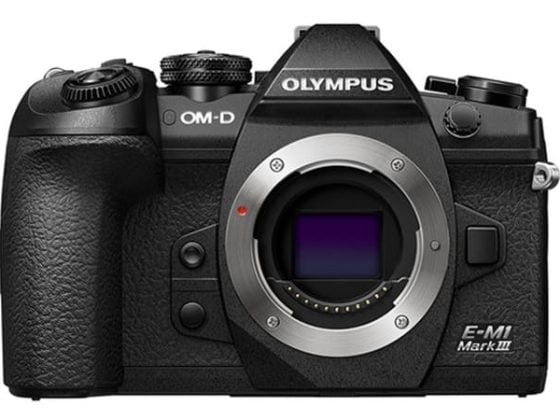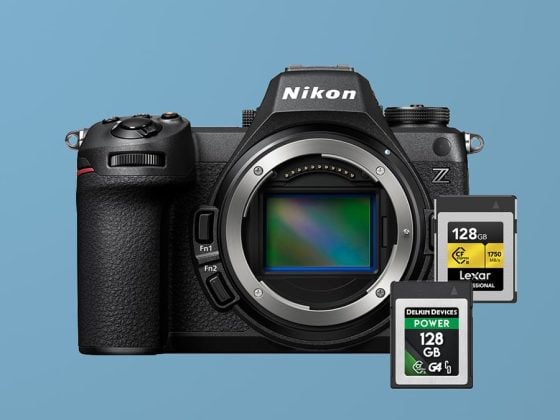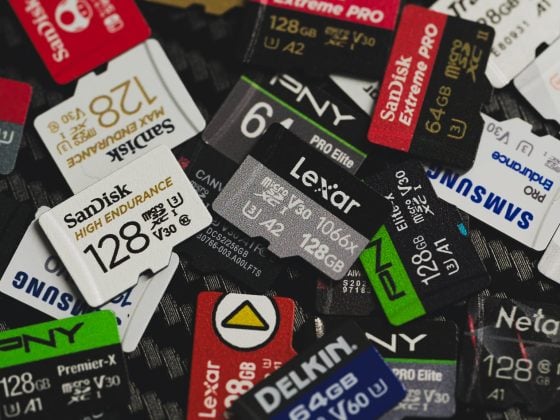There are a few things you should know before buying a memory card for any of the Galaxy S20 series phones.
Like the previous phones, the Galaxy S20 series can take a micro SD memory card with a capacity of up to 1TB.
There are a few classes of SD memory cards now that will do different things. The main thing you need to look for is A1 and A2 cards vs. no A rating. The A rating is useful if you want to run apps off your card since it will improve the read-and-write performance of small files. However, if you’re just copying photos and videos, this won’t be important, and you won’t benefit from going with an A1 or A2 card.
Recommended SD Cards Galaxy S20, S20+, S20 Ultra
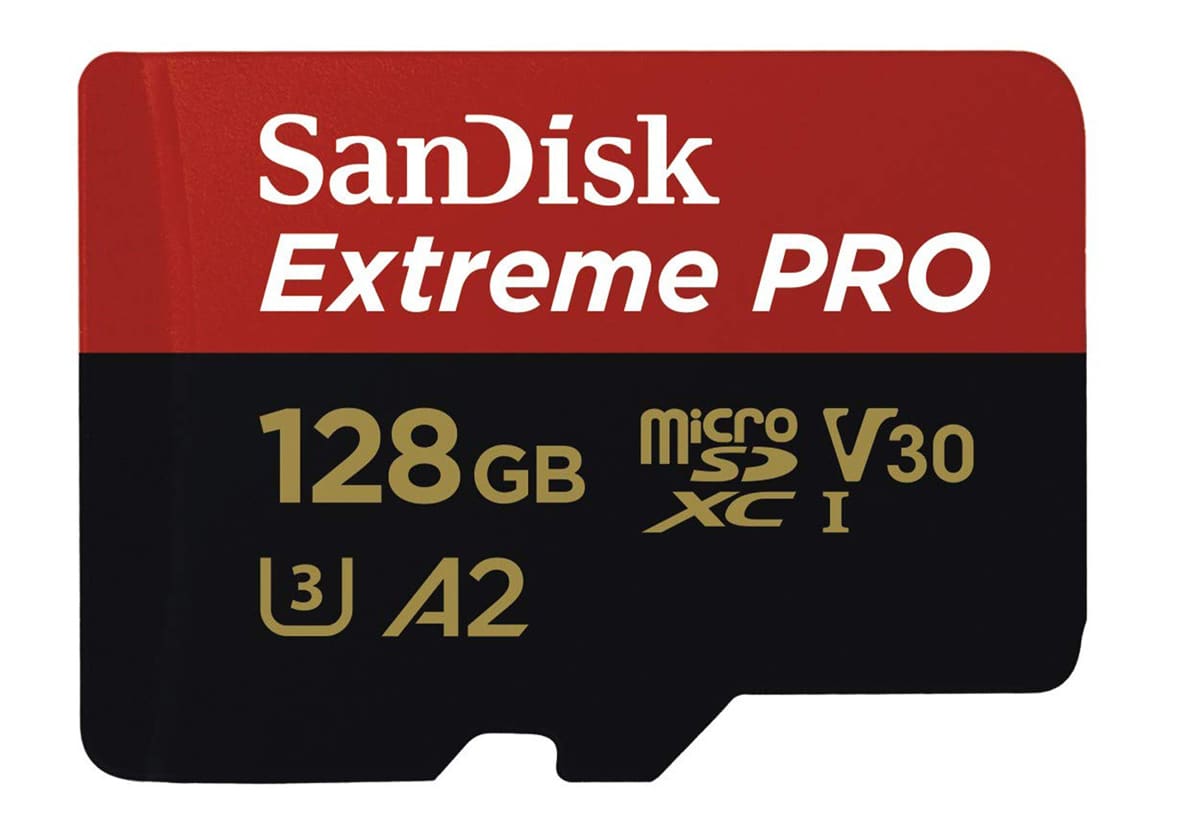
I’ll list a few of the fastest-performing memory cards that I tested in the S10+ with and without A2 specs. Since the Galaxy phones do not yet use UHS-II technology, there is no reason to buy the more expensive UHS-II cards.
The Read and Write speeds listed here come from the Galaxy S10+. If I can, I’ll retest one of the S20 phones.
I have listed 128GB cards here, but you can buy cards up to a 1TB capacity. Some people even like those 400GB Sandisk cards. The bigger cards should match a similar performance as the 128GB cards I’ve tested here, so just be sure to match the card.
| Card Name | Write Speed | Read Speed | Check Price |
| Sandisk Extreme Pro A2 128GB | 54MB/s | 79MB/s | Amazon |
| Sandisk Extreme A2 128GB | 55MB/s | 78MB/s | Amazon |
| Sandisk Extreme Plus | 75MB/s | 80MB/s | Amazon |
| Samsung EVO Plus | 42MB/s | 83MB/s | Amazon |
| PNY PRO Elite | 70MB/s | 74MB/s | Amazon |
Memory Card Benchmarks
I benchmarked each memory card in the Galaxy S10 using Disk Speed Test for Android to determine its read and write speeds. Here are the results.
| Card Name | Class | Write Speeds | Read Speeds |
|---|---|---|---|
| Sandisk Extreme Pro U3 128GB | UHS-II | 73MB/s | 83MB/s |
| Sandisk High Endurance V30 128GB | UHS-I | 41MB/s | 84MB/s |
| Sandisk Extreme Pro U3 64GB | UHS-I | 75MB/s | 78MB/s |
| Sandisk Extreme Pro U3 A2 128GB | UHS-I | 54MB/s | 79MB/s |
| Sandisk Extreme Plus U3 64GB | UHS-I | 75MB/s | 80MB/s |
| Sandisk Extreme U3 A2 128GB | UHS-I | 55MB/s | 78MB/s |
| Sandisk Extreme U3 64GB | UHS-I | 55MB/s | 81MB/s |
| Sandisk Ultra U1 A1 128 GB | UHS-I | 32MB/s | 72MB/s |
| Sandisk Ultra U3 64GB | UHS-I | 30MB/s | 79MB/s |
| Sandisk Nintendo 128GB | UHS-I | 49MB/s | 49MB/s |
| Samsung Pro+ U3 64GB | UHS-I | 73MB/s | 75MB/s |
| Samsung Pro U3 64GB | UHS-I | 67MB/s | 74MB/s |
| Samsung Pro Select U3 64GB | UHS-I | 72MB/s | 75MB/s |
| Samsung EVO Plus U3 64GB | UHS-I | 42MB/s | 83MB/s |
| Samsung EVO+ U1 64GB | UHS-I | 20MB/s | 74MB/s |
| Samsung EVO Select U3 64GB | UHS-I | 40MB/s | 69MB/s |
| Samsung EVO Select U1 64GB | UHS-I | 23MB/s | 77MB/s |
| Samsung EVO U3 64GB | UHS-I | 40MB/s | 70MB/s |
| Samsung EVO U1 64GB | UHS-I | 22MB/s | 42MB/s |
| Kingston V30 A1 128GB | UHS-I | 40MB/s | 74MB/s |
| Kingston V30 128GB | UHS-I | 40MB/s | 74MB/s |
| ProGrade V60 64GB | UHS-II | 67MB/s | 79MB/s |
| Lexar 1800x 64GB | UHS-II | 37MB/s | 83MB/s |
| Lexar 1000x U3 64GB | UHS-II | 38MB/s | 79MB/s |
| Lexar 633x A2 V30 128GB | UHS-I | 38MB/s | 86MB/s |
| Lexar 633x U1 64GB | UHS-I | 24MB/s | 75MB/s |
| Lexar 300x U1 64GB | UHS-I | 24MB/s | 42MB/s |
| Delkin V60 64GB | UHS-II | 71MB/s | 77MB/s |
| Delkin V30 128GB | UHS-I | 43MB/s | 77MB/s |
| Delkin U3 64GB | UHS-I | 70MB/s | 74MB/s |
| Sony V30 128GB | UHS-I | 39MB/s | 75MB/s |
| Transcend A1 V30 128GB | UHS-I | 40MB/s | 79MB/s |
| Transcend Ultimate 633x U3 64GB | UHS-I | 42MB/s | 75MB/s |
| Transcend 400x U1 64GB | UHS-I | 24MB/s | 76MB/s |
| Transcend 300x U1 64GB | UHS-I | 24MB/s | 76MB/s |
| Transcend High Endurance C10 64GB | UHS-I | 21MB/s | 22MB/s |
| PNY Elite-X A1 V30 128GB | UHS-I | 45MB/s | 78MB/s |
| PNY PRO Elite U3 128GB | UHS-I | 70MB/s | 74MB/s |
| PNY Elite U1 128GB | UHS-I | 28MB/s | 76MB/s |
| Amplim A1 V30 667X 128GB Gold | UHS-I | 38MB/s | 80MB/s |
| Amplim A1 V30 667X 128GB Purple | UHS-I | 40MB/s | 81MB/s |
| Amplim A1 V30 667X 128GB Green | UHS-I | 41MB/s | 81MB/s |
| Netac Pro A1 U3 128GB | UHS-I | 37MB/s | 83MB/s |
| Netac Pro U3 64GB | UHS-I | 35MB/s | 69MB/s |
| Pariot U1 64GB | UHS-I | 20MB/s | 55MB/s |
Samsung Galaxy S20 vs. S20+ vs S20 Ultra – Phone Comparison
Since you’ll likely use the S20 additional storage for photos and videos, here are each camera’s photo/video-related specs.
| Specs | S20 | S20+ | S20 Ultra |
| Processor | 7nm 64-bit 2.8 GHz, Snapdragon 865 | 7nm 64-bit 2.8 GHz, Snapdragon 865 | 7nm 64-bit 2.8 GHz, Snapdragon 865 |
| Ram | 6GB | 12GB | 12GB |
| GPU | Adreno 650 | Adreno 650 | Adreno 650 |
| Internal Storage Max | 128GB | 512GB | 512GB |
| Ultra-Wide Lens | 12MP 13mm f/2.2 | 12MP 13mm f/2.2 | 12 MP 13mm f/2.2 |
| Wide Lens MP | 12MP 26mm f/1.8 | 12MP 26mm f/1.8 | 108 MP 26mm f/1.8 |
| Tele Lens MP | 64MP f2 | 64MP f2 | 48 MP 1/2″ Sensor f/3.6 |
| Slow-Mo | 960fps 720p / 240fps 1080p | 960fps 720p / 240fps 1080p | 960fps 720p / 240fps 1080p |
| Video Specs | 4K 60 fps | 4K 60 fps | 4K 60 fps |
Memory Cards Samsung Galaxy S20, S20+, S20 Ultra Conclusions
Expanding your storage on the Galaxy S20 line of phones shouldn’t be too complicated.
You have a maximum capacity of 1TB, and then you have to decide whether to use A2 or standard non-A cards. After using an A2 card in my S10+ for a year, I have to say that I’ve never noticed the slower transfer speeds compared to faster non-A cards, and I have peace of mind knowing that the apps that I load onto my card (if I ever do such things) perform at their maximum performance.
| **This website contains affiliate links. We will earn a small commission on purchases made through these links. Some of the links used in these articles will direct you to Amazon. As an Amazon Associate, I earn from qualifying purchases. |

